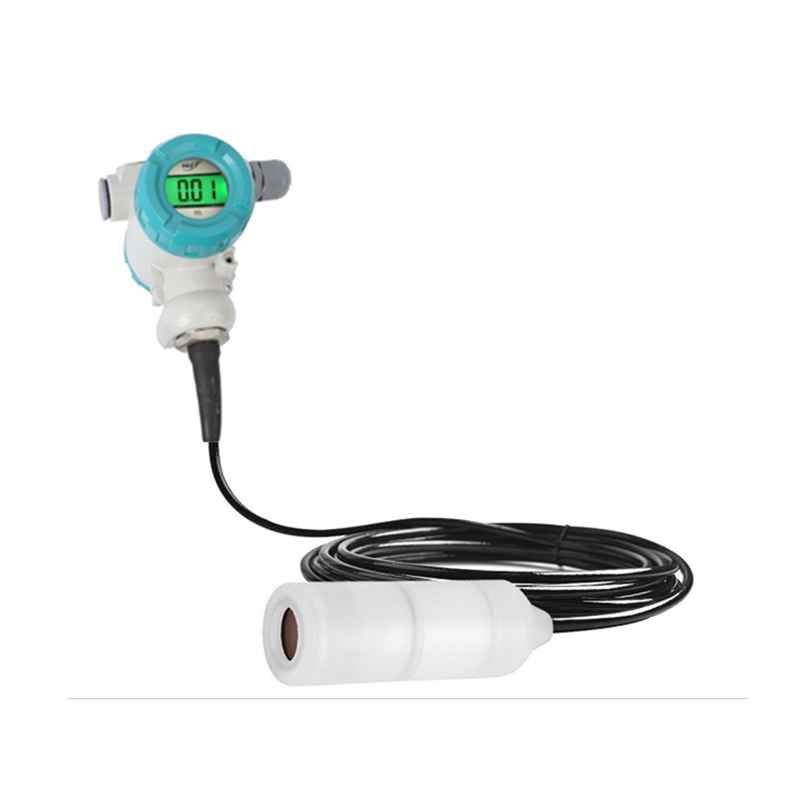Temperature Effects on Accuracy
Sensor Drift Due to Temperature Variations: Temperature fluctuations can cause the materials in the sensing element of a submersible level transmitter to expand or contract. This phenomenon, known as thermal expansion, can result in sensor drift—a gradual deviation from the true measurement over time. Even slight changes in temperature can lead to small but cumulative inaccuracies in the sensor's baseline reading. Over prolonged periods, these inaccuracies can affect the reliability of the level measurements, particularly in environments where temperature varies significantly.
Impact of Thermal Expansion of Liquids: In addition to affecting the sensor itself, temperature changes can also impact the physical properties of the liquid being measured. For instance, most liquids expand when heated and contract when cooled. If the submersible level transmitter does not account for these changes, the measurement may not accurately reflect the true liquid level. This can be particularly problematic in applications where precise measurements are critical, such as in chemical processing or water treatment plants. Advanced transmitters typically include compensation algorithms that adjust the measurement based on the detected temperature to mitigate this issue.
Temperature Compensation Mechanisms: High-quality submersible level transmitters are often equipped with temperature compensation features designed to correct for the effects of temperature on both the sensor and the liquid. These mechanisms typically involve real-time monitoring of the temperature and automatic adjustments to the level reading to ensure consistent accuracy. However, the effectiveness of these compensation mechanisms depends on proper calibration and the quality of the transmitter's design. Inadequate or poorly calibrated compensation can still result in measurement errors, particularly in applications with extreme or rapidly changing temperatures.
Pressure Effects on Accuracy
Impact of Hydrostatic Pressure Changes: The fundamental operating principle of submersible level transmitters is based on measuring hydrostatic pressure—the pressure exerted by a fluid at a given depth. As the depth of the liquid increases, so does the hydrostatic pressure. Additionally, variations in atmospheric pressure can influence the sensor's readings. If a transmitter is not designed to accommodate these changes, the accuracy of the level measurement may be compromised. For example, a sudden drop in atmospheric pressure could cause the transmitter to register a higher level than actual, leading to false readings.
Pressure Compensation Techniques: To maintain accuracy under varying pressure conditions, many submersible level transmitters are equipped with pressure compensation mechanisms. These mechanisms typically involve a reference pressure sensor that accounts for atmospheric pressure changes, allowing the transmitter to isolate the hydrostatic pressure exerted by the liquid alone. This ensures that the measurement reflects the true liquid level, independent of atmospheric variations. The sophistication of the pressure compensation technique can significantly affect the transmitter's performance, especially in applications where precise pressure measurements are crucial.
Overpressure Scenarios and Sensor Integrity: In some cases, the submersible level transmitter may be exposed to pressures that exceed its designed capacity, a situation known as overpressure. Overpressure can occur due to unexpected operational conditions, such as a surge in liquid levels or external forces acting on the sensor. When a transmitter experiences overpressure, the sensing element can become permanently distorted or damaged, leading to substantial inaccuracies or complete sensor failure. To mitigate this risk, some transmitters are designed with overpressure protection features, such as pressure relief valves or reinforced sensor housings, to ensure long-term reliability even in challenging environments.
Anti-corrosion with display submersible level transmitter


































































 English
English русский
русский














